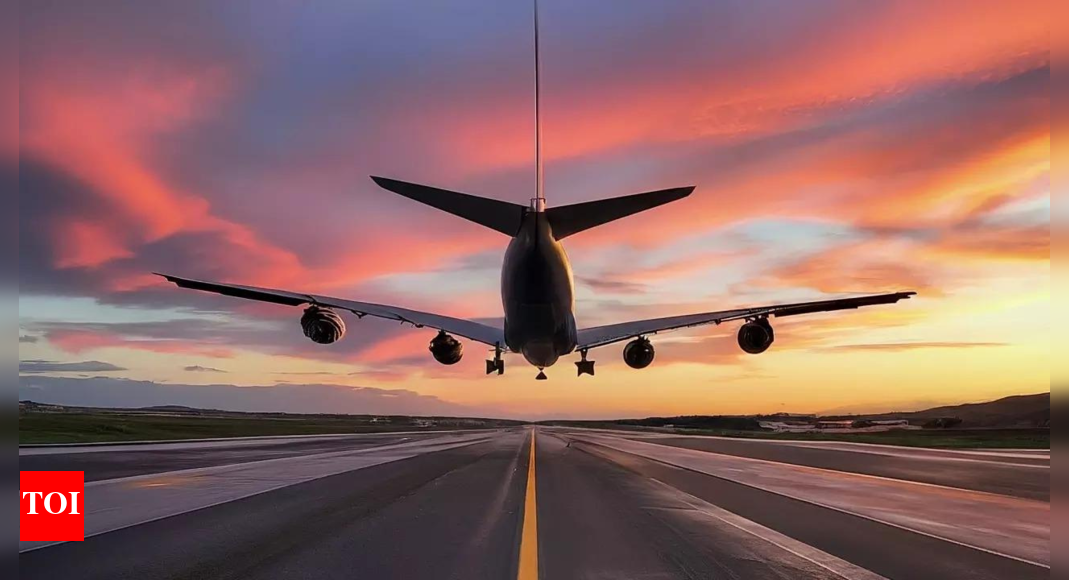Aviation watchdog Directorate General of Civil Aviation (DGCA) has revised its operational guidelines for both scheduled and non-scheduled operators during adverse weather conditions, explicitly emphasising that safety must take precedence over “schedule adherence” and encouraging pilots to initiate diversions or air-turn-backs if required.Issuing an updated operations circular, the DGCA also advised pilots to cross-check visual cues with instruments to ensure accurate approach and landing assessments, particularly to counter visual illusions that may occur during night operations in rain or on wet runways, PTI reported.The new guidelines come in the backdrop of recent weather-related incidents including helicopter accidents in the Kedarnath region and an IndiGo flight en route to Srinagar encountering severe turbulence last month.Citing the growing impact of climate change on operational unpredictability, DGCA advised flight crew to maintain heightened vigilance, stating clearly that “safety takes precedence over schedule adherence.”“Captains are encouraged to initiate diversions or air-turn-backs, as required by prevailing conditions,” the DGCA said in a statement issued on Sunday.Also Read | After 15% widebody cuts, Air India scales back narrowbody flights by 5%, suspends 3 more routes until July 15The circular outlines specific conditions under which flight crew are expected to consider diversion, return, or rerouting due to adverse weather. These include severe turbulence, windshear, icing, obstructive thunderstorms, or sudden deterioration in visibility.Operators and pilots have been advised to adopt a conservative approach and have robust weather avoidance planning in place. “Pilots are encouraged to plan deviations early and maintain a minimum 20 NM (nautical miles) upwind distance from convective activity,” the circular stated.“Flying beneath thunderstorm clouds is discouraged due to the elevated risk of windshear, lightning, and hail,” it said, reinforcing the importance of avoiding hazardous conditions.The DGCA also stressed the importance of pilot weather reports and continuous communication during adverse weather with passengers, cabin crew and Air Traffic Control (ATC). This includes timely briefings, advance passenger announcements, and turbulence reporting to ATC to ensure better coordination and situational awareness.For the first time, the DGCA has addressed the phenomenon of Ice Crystal Icing, associated with convective weather systems. “Pilots are advised to navigate around such areas laterally rather than climbing or descending through them in line with global best practices,” the statement noted.Among other points, operators have been encouraged to incorporate scenario-based training focused on adverse weather decision-making and application of Threat and Error Management (TEM) principles.“The revised circular remains applicable to all scheduled and non-scheduled operators, as well as all flight crew operating during the pre-monsoon, monsoon, adverse weather and periods of turbulence,” DGCA said.

